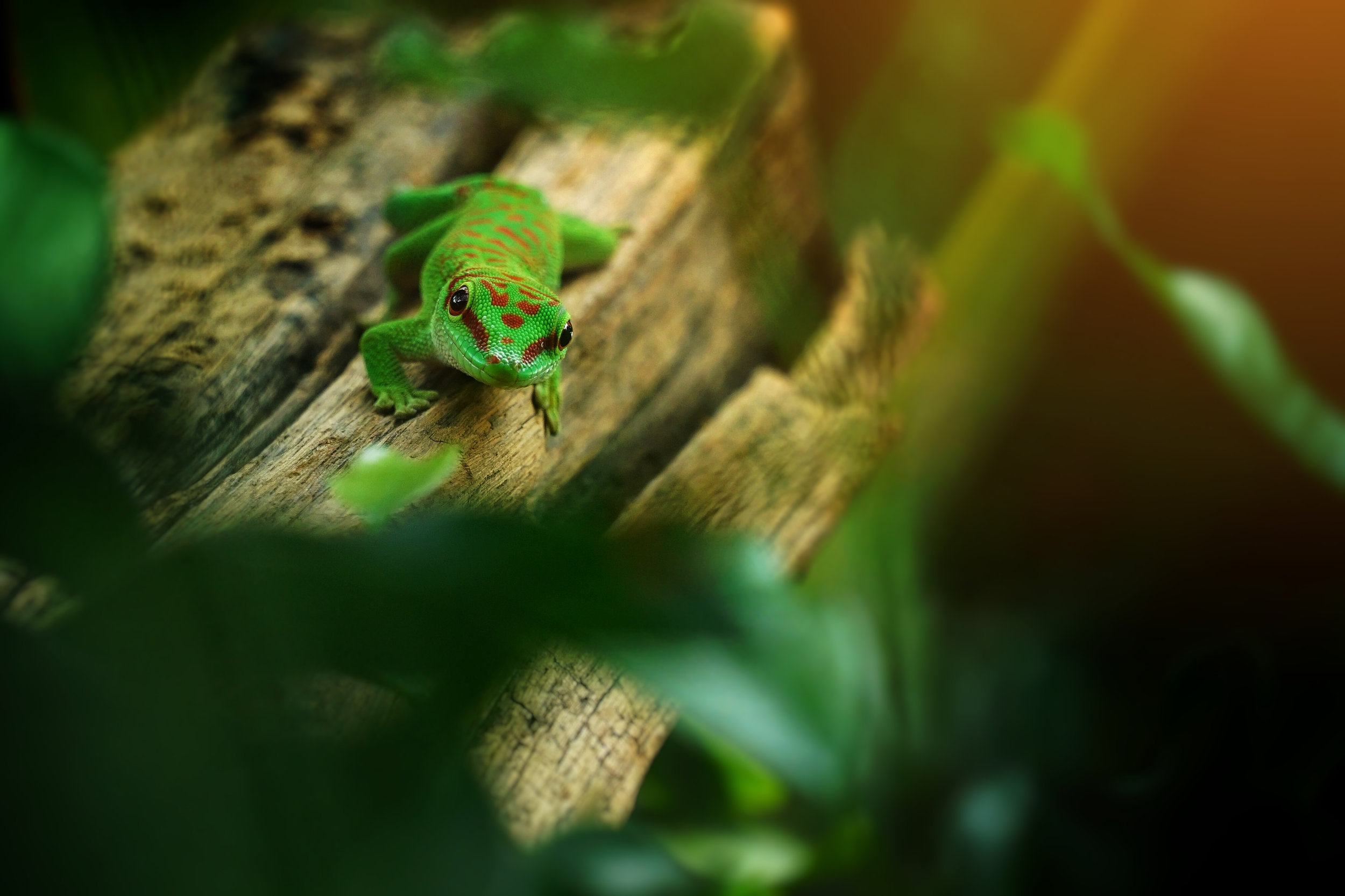Discovering nanotechnology in the natural world

When many people think of nanotechnology, they automatically think of graphene, carbon nanotubes, bucky balls, or some other inorganic nanomaterial. Many people’s first thoughts about nanotechnology don’t naturally gravitate towards nature, yet so many natural processes happen on the nanoscale, it is something that more people should be aware of.
If you consider the human body, most of the internal reactions that help us to function in everyday life occur at the nanoscale. Because the human body goes through many nanoscale processes already, it has helped the development of the nanomedicine field as the nanomedicine interactions occur on the same molecular level as many of the bodily processes.
But it’s not just the body where nanotechnology can be found, it’s all around us in the natural world. Perhaps one of the best examples is the lotus leaf. To many, it is but a leaf that doesn’t get wet, but when you look at the atomic level, you can see that nanotechnology is the reason. The lotus leaf has a nanoscale roughness that causes it to be superhydrophobic, which causes water droplets to be almost circular (and hardly touching the surface of the leaf) and roll off the leaf. This has since been dubbed the lotus effect and the principles have been used to develop self-cleaning surfaces and sprays which can make a surface superhydrophobic.
A Nepenthes pitcher plant catching prey in Thailand. Photo: Shutterstock.
On the other hand, you have the Nepenthes pitcher plant. This is a plant that traps insects inside it, where it digests them. How does it trap these insects? Nanotechnology. Many unsuspecting insects land on the leaves of the plant, but they can’t maintain a grip on the surface of the leaf due to it being superhydrophilic (which is created by the overlapping of smooth cells), and this causes them to aquaplane and fall in. If this self-healing nanoscale surface was not there, many insects could fly off before they became trapped. The nanoscale principles of the nepenthes pitcher plant also helped to yield the Slippery Liquid-Infused Porous Surfaces (SLIPS) out of Harvard University, which is a self-healing superhydrophilic surface composed of a lubricated film and porous material, with applications spanning industrial pipelines to the biomedical markets.
Ever wondered how geckos can scale a wall with ease. This is down to increasing the surface contact area between the feet and the wall (or a different surface). One of the fundamental principles of nanotechnology is that the relative surface area of a material increases as you make it smaller. i.e. if you had 1 cm3 of a bulk material, and 1 cm3 of nanoparticles of the same composition (collective volume of all the nanoparticles), then the surface area of the nanoparticles would be much greater than the bulk material. Geckos have hairs on the bottom of their feet that you can’t see unless you look through a high-powered microscope. First there is a layer of micron-sized hairs and attached to each of these hairs is a series of nano-sized hairs. The presence of all these nano-sized hairs increases the surface area of the feet by a great amount, which significantly increases the adhesion forces and contact area between the feet and the wall, and this is what enables geckos to scale walls.
Whilst quite a few of these discoveries happened a while ago now, new research is also coming out that uses nature-inspired nanotechnology. Just recently, it was reported that a team of researchers had isolated nanostructured architectures from the wings of the glass wing butterfly wing and had coated them with nanosilver to produce an effective surface-enhanced Raman spectroscopy (SERS) substrate for detecting specific pesticides.
But these are just a few examples. The principles of nanotechnology help many organisms in the natural world, and this includes many types of flora. Another big area where researchers are utilizing nanotechnology from the natural world is using the structure of DNA to create synthetic nanostructures, as well as functionalising DNA with other nanoscale materials. In short, nanotechnology exist in our natural world, is greatly important for many natural processes, and nanotechnology is not only confined to synthetic and/or inorganic nanomaterials.
Written by Liam Critchley
Main Photo: Madagascar giant Day Gecko.







